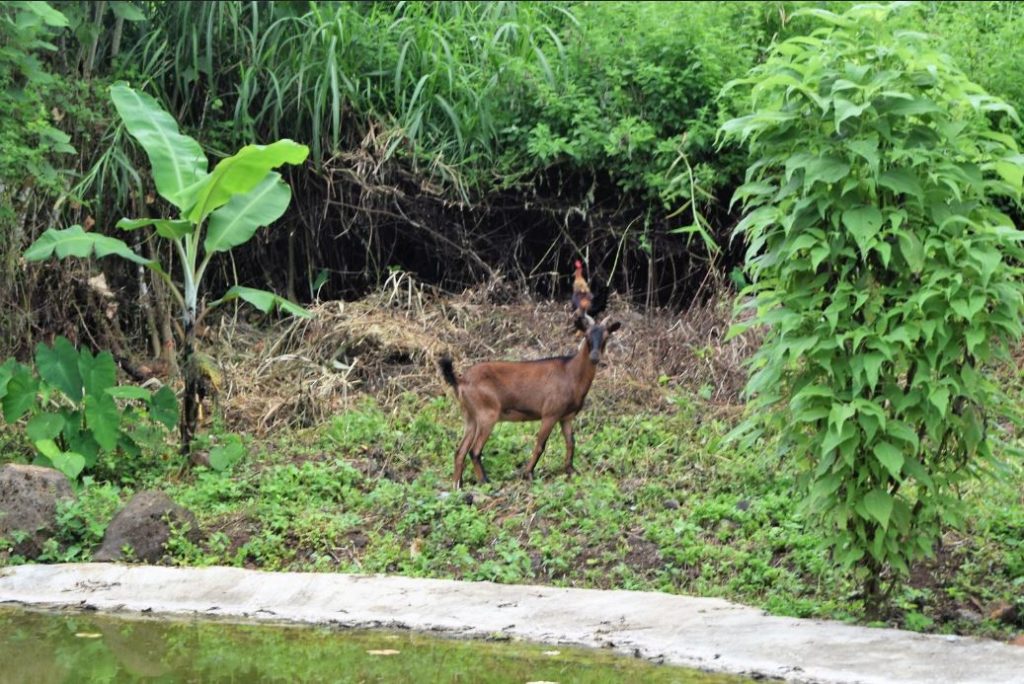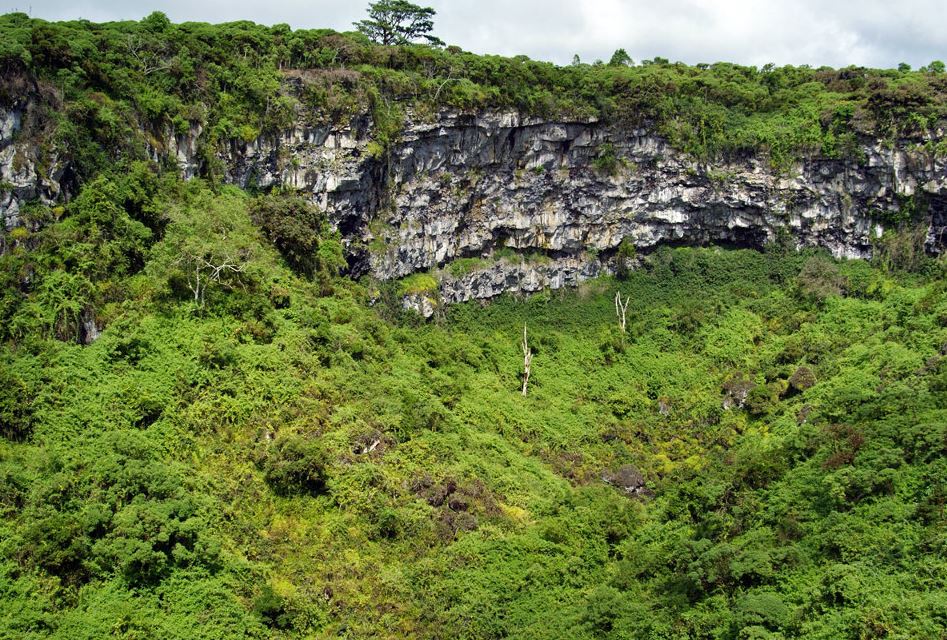Comprehending Invasive Species in the Galapagos Islands
TALK TO A DESTINATION EXPERT

Diego Zapata

Rosa Mena

Sandy Lara

Diego Zapata

Rosa Mena

Sandy Lara
Goats and Blackberries: More Dangerous Than They Sound
The airport to depart from will depend on your nation of origin, the itineraries, airlines, and pricing that best fit your needs and budget. Regarding pricing, it’s a good idea to look into flights with Ecuadorian airports and see which airlines have better itineraries and less expensive flights to each.
When flying into and out of the islands, you should always ensure that your plane lands and takes off from Seymour Airport (airport code: GPS) on Baltra Island in Galapagos. This is because all itineraries aboard the Santa Cruz II begin and end at the island of Baltra.
How did goats get to the islands?

It was because of humans that this species was brought and spread. It began as an alien species but quickly spread throughout the native ecosystem, outcompeting the introduced ones. They had no predators and were stronger predators. Because they experience different selective forces than their counterparts on the mainland, local animals in the archipelago are nearly always at a disadvantage when it comes to new species.
The islands were first home to feral goats when they were brought in by whalers, fishermen, and pirates who left them behind to ensure a supply of fresh meat when they returned to the archipelago. Goat populations have grown out of control on all of the main islands, including Floreana, Santa Fe, Española, Santa Cruz, San Cristobal, Isabela, Pinta, and Marchena because they may breed twice a year and can rapidly adapt to unfavorable conditions. They can even consume salted water when fresh water is in short supply.
How did they affect the native ecosystems?
Everything that comes in their path gets eaten by goats. This indicates that the indigenous plant’s seeds could not survive as the expanding woodlands were quickly converted to grasslands. Together with other well-known species like acacias, opuntias, and scalesias, they removed many endemic plants from the fern, herb, and shrub groups. This proved disastrous for other animal species, including tortoises, land iguanas, mockingbirds, and cactus finches that were feeding on these. Many of these species began to go extinct as a result of this. On infected islands, the only vegetative patches that persisted were those that goats couldn’t access.
How about those delicious, tiny blackberries?
Humans brought blackberries to the island of San Cristobal originally for agricultural use. Because local bird species ate the fruit, it quickly spread to adjacent islands, including Isabela, Santa Cruz, and Santiago. They were eventually in charge of this plant’s localized spread.
One of the biggest weed dangers to the Galapagos is the blackberry. It can spread into any open area and reach a height of 4 meters, growing into thick, dense bushes that quickly supplant natural flora and put it in danger as they spread. The blackberry and other invasive plants are to blame for the Santa Cruz Island scalesia forest’s decline in Los Gemelos.

How are they controlled?
UNESCO urged the rapid eradication of invasive species when it suggested adding the Galapagos archipelago to its list of endangered World Heritage sites. Public and commercial organizations launched eradication operations to solve the goat issue. Goat eradication from six islands is a commitment made by the Galapagos National Park, Charles Darwin Research Station, WWF, Natura Foundation, and World Conservation. Several successful goat eradication cases, including the one on Isabela, were achieved by applying advanced technology and techniques. During our visit to Isabela on our Galapagos Cruise, visitors will see firsthand how the ecosystem is flourishing—an incredible and delightful experience.
However, because blackberry seeds can germinate even after years of dormancy in the soil, a different strategy was needed for them. Herbicide can only be sprayed on them after they sprout. Consequently, it takes much longer to eradicate it, and birds continue to disperse the seeds in the interim.

Javier Garcia

Eduardo Silva

Carolina Escobar
START PLANNING YOUR TRIP

Javier Garcia

Eduardo Silva

Carolina Escobar
Get in touch for more
CONTACT US
Action and wise conscience
There is still more work to be done despite the local populace having gained awareness. The archipelago is threatened by more invasive species than just blackberries and feral goats. The Galapagos National Park exercises extensive supervision before flights depart from airports. Any product that can contain seeds or pose a threat is inspected for when it comes to luggage. Authorities will ask tourists to discard any products they find at the airports in Quito or Guayaquil. This is just one illustration of the efforts made by the Galapagos National Park to preserve its ecosystems. Nonetheless, the next generation of tourists and residents have to learn to appreciate the distinctiveness of locations like the Galapagos. We must decide if this location.


